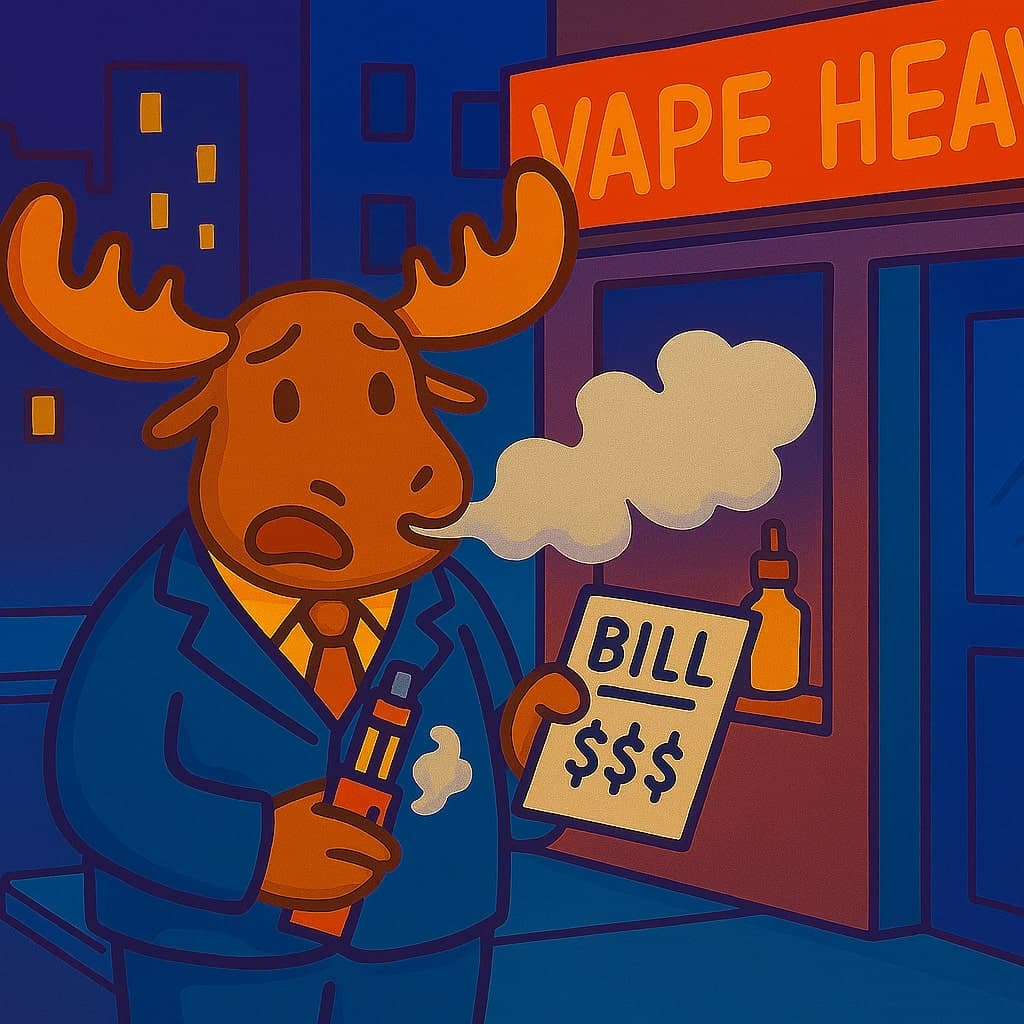
U.S. Farming Subsidies During the Great Depression
An example of government intervention during the Great Depression, where U.S. farmers received subsidies under the Agricultural Adjustment Act (AAA) to reduce overproduction and stabilize prices.
Read ArticleIntroduction
During the 1930s, U.S. farmers faced economic collapse as falling prices and overproduction led to widespread bankruptcies and foreclosures. The Great Depression caused consumer demand to plummet, leaving farms with large surpluses they could not sell profitably. To support rural America, the government passed the Agricultural Adjustment Act (AAA) of 1933, which paid farmers to limit crop and livestock production. These payments, known as subsidies, aimed to reduce supply, raise prices, and restore farmers’ incomes.
Farm subsidies provided short-term relief to struggling families and helped stabilize the agricultural sector. However, they also raised questions about government intervention, efficiency, and fairness—especially as some large farms benefited more than smaller ones.
Application to IB Economics
This is a classic microeconomics example of a government subsidy, where the government intervenes to correct a market failure caused by price instability and overproduction.
- Policy Effect on Market Equilibrium: Subsidies shift the supply curve to the right, lowering production costs for farmers and encouraging output. In the case of the AAA, the subsidy was used conditionally—to reduce total production, thereby increasing prices. This helped farmers earn higher revenues and protected agricultural employment.
- Impact on Welfare and Efficiency: Subsidies can improve producer welfare but may also lead to allocative inefficiency if they distort market signals or maintain uncompetitive industries. In this historical case, the policy helped correct a short-term welfare loss from falling incomes but introduced potential long-term inefficiencies by discouraging productivity improvements.
- Evaluation: While subsidies supported incomes and stabilized prices, they also placed a burden on taxpayers and created the risk of government failure. In addition, unequal distribution meant that larger farms benefited more, while smaller farmers saw limited gains. Despite these drawbacks, the policy played a crucial role in preventing total agricultural collapse during the Depression.
In IB Paper 1 (15-mark) essays, this example can be used to discuss subsidies as a form of government intervention, their effects on market outcomes, and the trade-offs between equity, efficiency, and welfare.
Key Terms Explained
- Subsidy: A payment from the government to producers to lower production costs, encourage output, or stabilize prices.
- Market Failure: When the free market fails to allocate resources efficiently, leading to overproduction or underproduction.
- Allocative Efficiency: When resources are distributed so that consumer and producer surplus are maximized, and no one can be made better off without making someone worse off.
- Welfare Loss: The loss of total economic welfare when market outcomes deviate from the socially optimal equilibrium.
- Government Failure: When government intervention leads to a less efficient allocation of resources than the free market would have achieved.
The U.S. farm subsidies of the 1930s demonstrate how government intervention can correct market instability and improve welfare in times of crisis—while also highlighting the economic trade-offs between efficiency, equity, and long-term market performance.
Related Articles
Explore more microeconomics examples

An example of South Africa introducing a vaping tax to reduce negative externalities associated with e-cigarette use and protect public health.

An example of EU governments using subsidies and support schemes to promote renewable energy, correct positive externalities, and reduce welfare loss in energy markets.